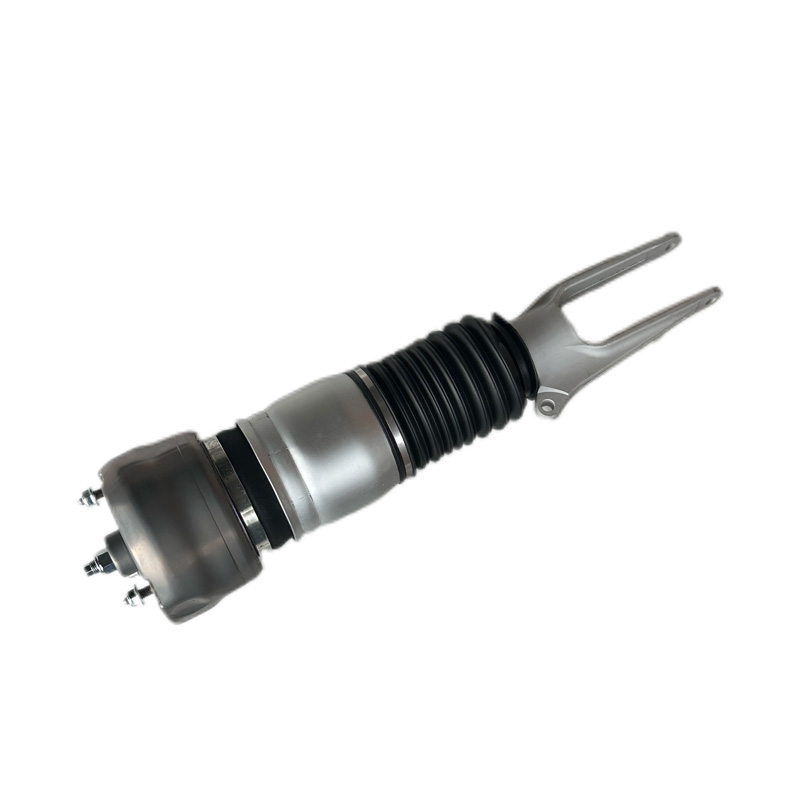- English
- Español
- Português
- русский
- Français
- 日本語
- Deutsch
- tiếng Việt
- Italiano
- Nederlands
- ภาษาไทย
- Polski
- 한국어
- Svenska
- magyar
- Malay
- বাংলা ভাষার
- Dansk
- Suomi
- हिन्दी
- Pilipino
- Türkçe
- Gaeilge
- العربية
- Indonesia
- Norsk
- تمل
- český
- ελληνικά
- український
- Javanese
- فارسی
- தமிழ்
- తెలుగు
- नेपाली
- Burmese
- български
- ລາວ
- Latine
- Қазақша
- Euskal
- Azərbaycan
- Slovenský jazyk
- Македонски
- Lietuvos
- Eesti Keel
- Română
- Slovenski
- मराठी
- Srpski језик
How does the Air Suspension Shock Absorber Work?
2025-06-13
As the core of modern vehicle suspension systems, air suspension shock absorber is an active shock absorbing device based on compressed gas. Its core is to use the physical properties of gas, combined with inflatable airbags, precision damping valve system, air pressure regulating unit and electronic control system to achieve intelligent vibration filtering and vehicle height adjustment.

The working mechanism of air suspension shock absorber is based on the core physical principle of gas compressibility. When the wheel encounters road impact, the impact force pushes the piston to compress the enclosed gas in the airbag, and the gas molecule density increases instantly to form a reverse support force to absorb vertical kinetic energy. At the same time, the damping valve accurately controls the flow rate of gas in the inner and outer chambers of the airbag, converting mechanical energy into heat energy to achieve kinetic energy dissipation and suppress the reciprocating vibration of the vehicle body.
The electronic control system constitutes the intelligent adjustment center. By real-time monitoring of the vehicle body posture, load distribution and driving status, the control unit drives the solenoid valve to dynamically adjust the internal air pressure of each airbag. Increasing the air pressure can increase the suspension stiffness and vehicle height, while reducing the air pressure can enhance the comfort of shock filtering.
The performance advantage of air suspension shock absorber comes from the variable characteristics of gas medium. The gas compression rate is significantly higher than that of metal materials, giving the system a wider stiffness adjustment range. The rapid response characteristics of air pressure enable the shock absorption parameters to match the changes in road conditions in real time, overcoming the limitations of traditional spring fixed stiffness.


